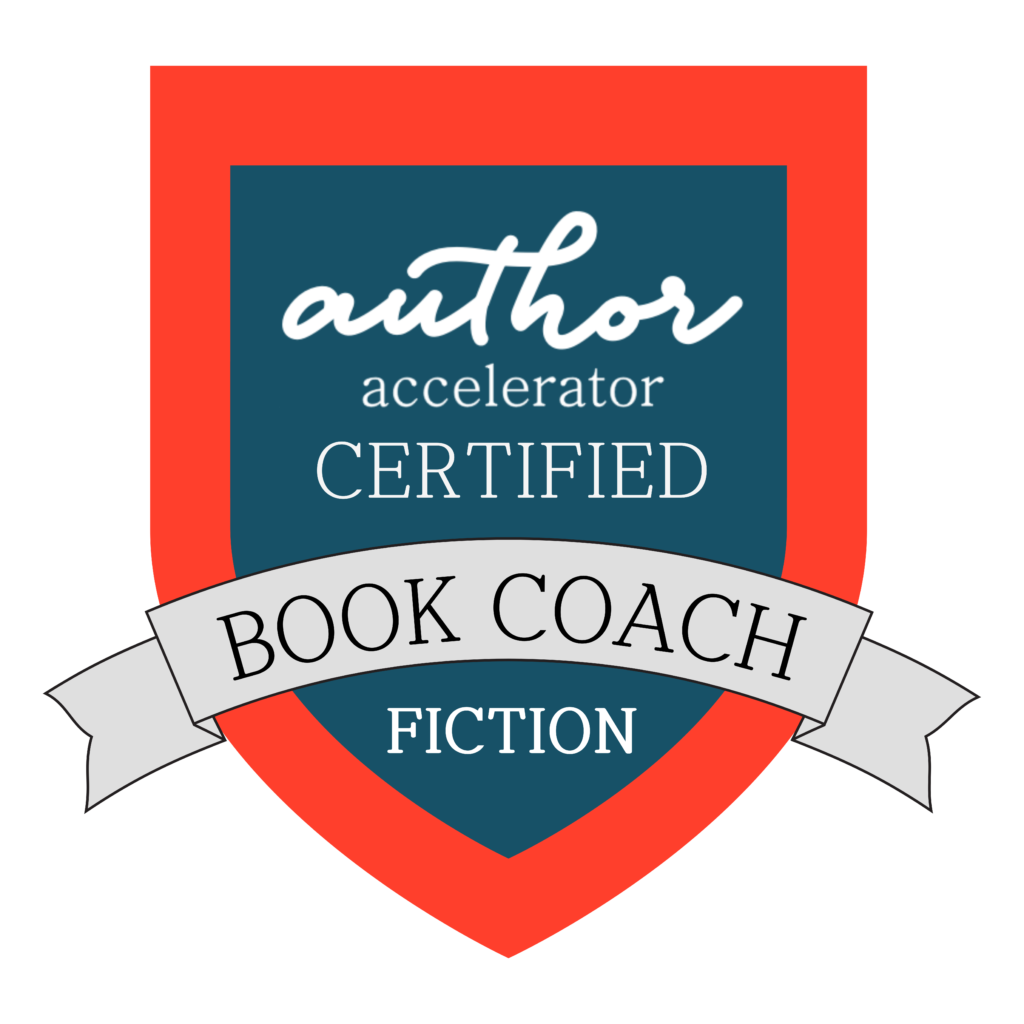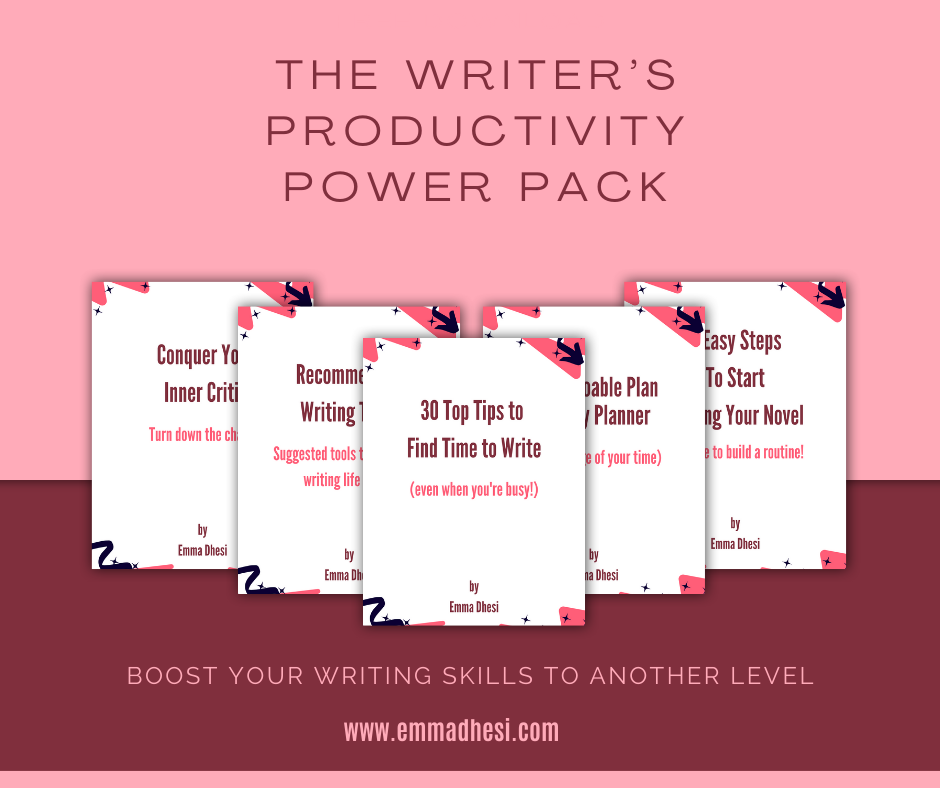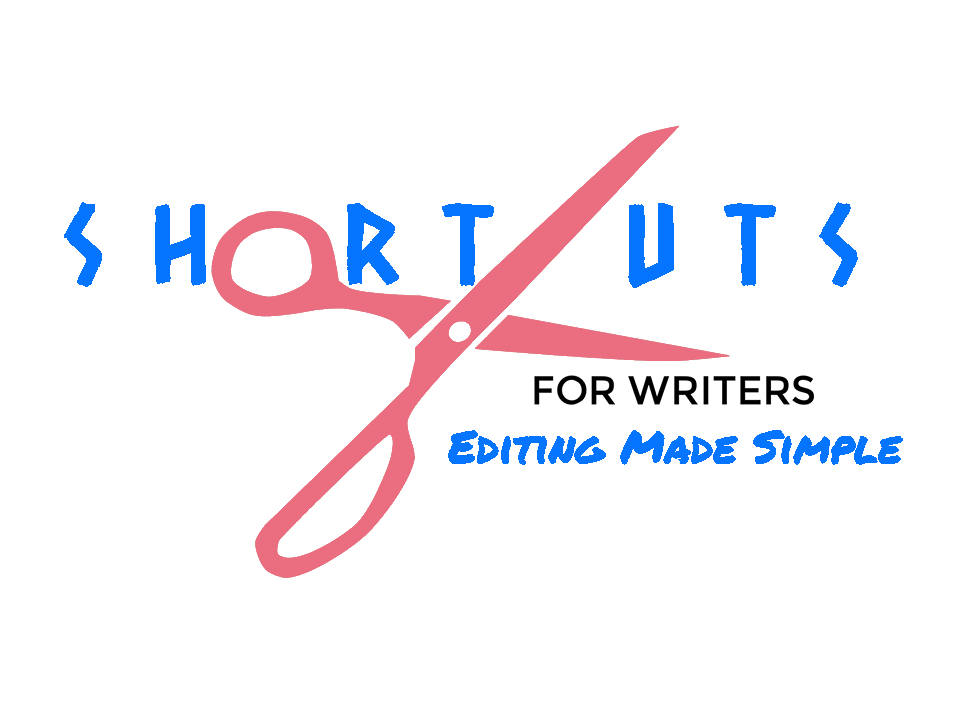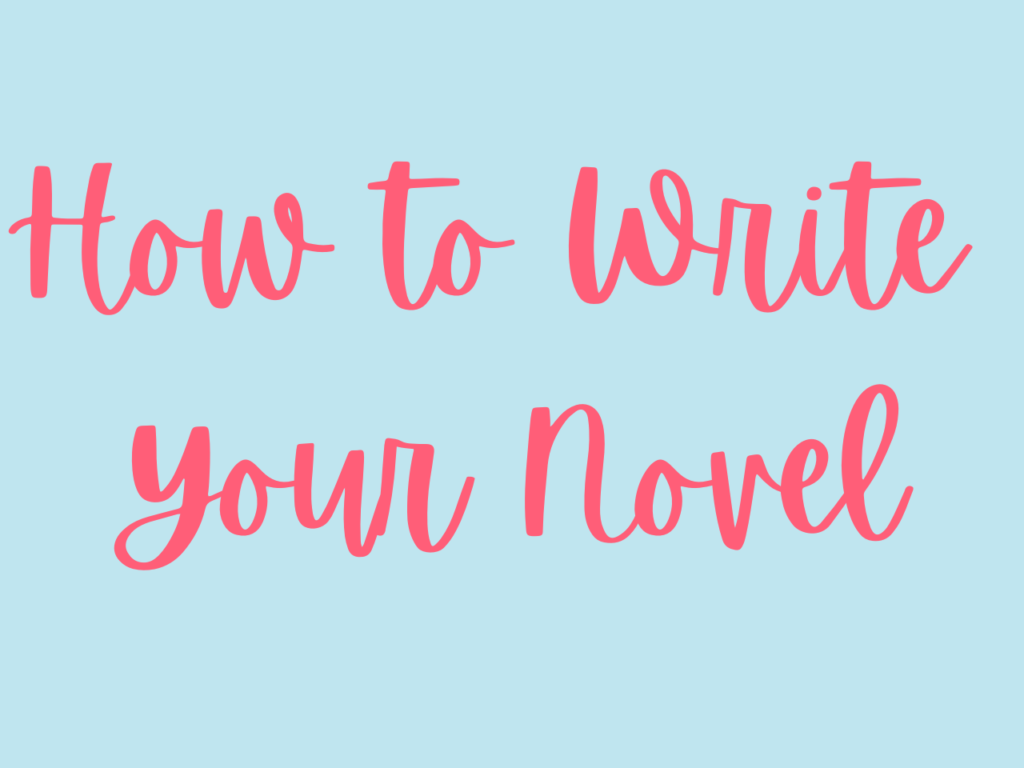For a beginner writer one of the biggest worries is how should you write your novel. What is it you need to do when you physically sit down and write your story.
You might have the plotline in your head but you are worried about the mechanics of actually writing it.
Here are 5 ways you can write your book in a clear and easy way. I’m a big believer in making things simple and these techniques will do that for you.

1. Chapter by chapter
Do you prefer to write your stories chronologically from beginning to end, without jumping back and forth? If so, this is the technique for you. It’s definitely the one for me!
If you’re a linear person, write one chapter at a time. This will keep you moving forward and you’ll be boosted by that feeling of momentum.
And if your chapter size is fairly small chapter, this is an expecially great strategy for you. Chapter by chapter you’ll know you’re getting closer to The End.
I like to have a process to things, and as such my chapters are generally the same size. This means I know roughly how long each one takes to write one. As a result, I’m mentally prepared for how long I need to be at my writing desk.
Picture your opening chapter in your mind – Who is there? What are they thinking? Who are they talking to? Where are they?
Literally start at the beginning and describe what is happening. Then, sentence by sentence, work your way through that chapter, adding in everybody’s dialogue and then a little bit of back story as and when you feel it is needed.
You then move onto chapter two. Chapter two is when you can bring in your inciting incident. This is the chapter that pushes your character into the plotline. Here your character faces their first difficulty and attempts to overcome it.
In the third chapter they will get past this inciting incident, but it’s leads to something more complicated, and from that point on the story progresses.
If you plot your storylines this will be even easier for you because you know exactly what’s going to happen in each chapter.
If, like me, you are a discovery writer, you are going to have the thrill of finding out what happens in your story alongside your character.
Remember, all you’re doing is telling the reader what’s happening to your character. It’s no more complicated than than that. Take your time, write the dialogue, fill in some details, paint a picture for your reader.
2. Scene by scene
Do you find the idea of working on a whole chapter at one time too overwhelming? If so, you may prefer to write in scenes, or what some people call beats.
Even if you have two or more scenes in a chapter, breaking the chapter down into scenes makes it more digestible. There’s nothing wrong with that. I am a big proponent of breaking novel writing down into small chunks. It is far less intimidating that way!
Perhaps you don’t write in chapters at all, but use breaks in the prose to indicate a change of scene or pace.
The principle is the same; paint a picture for your reader. It could be a picture of the physical space; where the character is sitting, what they’re wearing or what they look like. Or it might be an emotional picture; what they’re feeling, what they’re thinking, what they want to do but are unable to for whatever reason.
Scenes can act as snapshots, sharing with the reader a moment in time. Chapters are more like a large canvas, giving you a big picture view of what’s going on.
3. Character by character
If you’re telling the story from two or more points of view, a great way to ensure you have continuity of voice is to write separate drafts, one from each persons point of view.
For example, if Rod, Jane and Freddy are the three voices in your book, write all of Rod’s chapters/scenes first. Then write all of Jane’s, and finally all of Freddy’s.
That way you are able to get into the head of each of those individuals and differentiate them from each other.
At the end of the writing phase, you can pull them all together into a coherent plotline. This is how Guy Gunaratne wrote his book, In Our Mad And Furious City. This is particularly useful if each of your characters comes from a different socio-economic background, have different nationalities or even just very different speech patterns.

4. As the mood takes you
This is for the real rebel authors out there!
Regardless of whether you have plotted your story or are a discovery writer, you may wish to write your novel as and when you visualise each scene or chapter.
It may be that you first of all write the middle chapter before tackling the second one. You might then jump to a chapter in the middle of the third act before writing the inciting incident. Perhaps you write the last chapter before you write the first; only once you have the ending can you work out the beginning.
This is not a technique I would recommend particularly, but each book is its own project and you may find this is the way you can best get to The End of your current work in progress.
5. Work backwards
As I mentioned above, I am a very linear writer and normally write chapter by chapter starting at Chapter 1 until I get to The End.
However, with my soon to be released novel Belonging, I couldn’t seem to get into the swing of things and I finally ended up writing it chapter by chapter but from the last chapter forward.
For some reason the story fell into place more easily when coming at it from a new direction. You might find this works for you, perhaps not for every story, but if you’re struggling with one that your currently writing, you may wish to try this.
There is no one-size-fits-all
However you like to write your novel, remember that there is no right way or wrong way.
You may have a system that works for you most of the time but every now and again it just doesn’t cut the mustard and you need to try a different approach; there’s nothing wrong with that. You’ve got to do whatever works.
It may be that you are writing your first or second novel and you don’t yet have a system in place. You are at a great point in your career because you can give yourself all the freedom you needto try different techniques and approaches.
With each novel you write, you’ll hone your system and process until you find the one that works for you.
Enjoy this early stage. It is a time when you can remove any pressure from yourself and just enjoying experimenting.
Later down the line you might find you put yourself under pressure to get finished because you have a deadline to meet, and don’t have the luxury to experiment. So to write your novel, take your time. Write what you can, when you can, and have fun!
If you found this useful, you may also like:






